If you’re looking for high-quality textiles for your home, you’ll want to look beyond local textile stores. There are a number of online retailers that offer an incredible range of fabrics, patterns, and other home decor items. Take a look at these four global options to see what kinds of products they have to offer.
What are home textiles?
Textiles are materials used to cover or encase the body and often have a textile surface. Home textiles are made in a variety of ways, from traditional methods such as spinning and weaving, to more modern methods like knitting and crocheting. They can be made from natural materials, such as cotton, wool, and silk, or man-made materials, such as polyester. Home textiles are an important part of many cultures, both historically and currently. They can be used for clothing, bedding, draperies, curtains, upholstery, and other items.
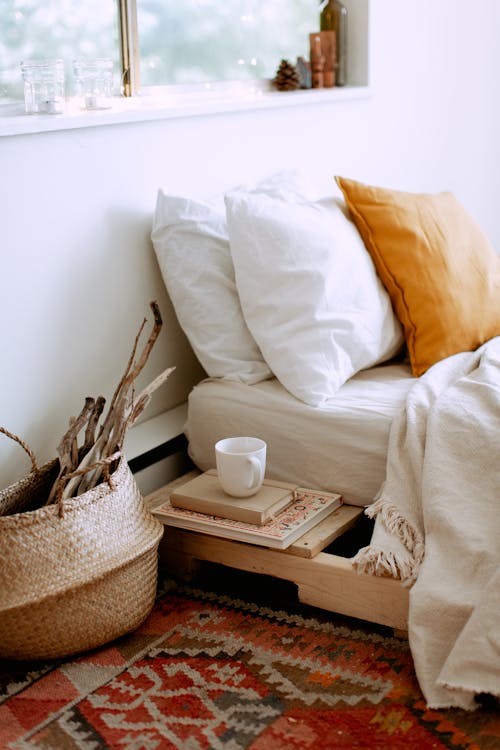
Types of home textiles
Textiles have been used in homes and workplaces for centuries. In fact, there are a variety of types of home textiles that can be sourced globally.
Depending on the region, some types of home textiles may include rugs, curtains, bed sheets, and pillowcases.
One of the main benefits of sourcing home textiles globally is that there are a variety of options available. This means that buyers can find the perfect textile for their needs without having to travel to specific locations.
Another benefit is that buyers can find affordable options. Many times, home textiles are affordable when sourced globally due to the fact that manufacturers don’t have to focus on high-end sales.
Furthermore, buyers can find high-quality fabrics at a fraction of the cost when sourcing home textiles globally. This is because many times, manufacturers source fabrics from small businesses or independent producers.
Overall, global sourcing of home textiles provides many benefits for buyers and manufacturers alike.
Sources of home textiles
There are many sources of home textiles, both locally and globally. Here are a few of the most common:
-Retailers: A variety of retailers sell home textiles, from big box stores to specialty stores.
-Flea markets: Flea markets are a great place to find unique and discounted home textiles.
-Etsy: Etsy is a popular online marketplace for buying and selling handmade home textiles.
-Local fabric stores: Local fabric stores often carry a wide range of fabrics, including home textiles.

The Importance of Sourcing Home Textiles
Textiles are an important part of any home, and sourcing them locally can help to reduce environmental impact. But what are the benefits of sourcing home textiles globally? Here are five reasons why you should consider sourcing your textiles from a global supplier:
1. Reduced environmental impact – Textiles are one of the most energy-intensive products you can buy, and sourcing them locally can help to reduce your environmental impact. By buying textiles from a global supplier, you’re not only supporting your local economy, but also helping to reduce greenhouse gas emissions.
2. Increased choice – When you source your textiles from a global supplier, you have increased choice and flexibility when it comes to colour, style and fabric type. This means that you can find the perfect textile solution for your specific needs.
3. Enhanced quality – Global suppliers typically have a wide variety of quality fabrics and styles at their disposal, which means you can be sure that you’ll get the best possible product. With so many options available, it’s easy to find the perfect textile solution for your home.
4. Improved customer service – When you source your textiles from a global supplier, you’ll always get customer service of premium variant.
Types of Textile Suppliers
There are many different types of textile suppliers out there, and each has its own strengths and weaknesses. Some of the most common types of textile suppliers include:
-Fabric manufacturers: These companies produce fabrics from scratch, which can be a great option if you have specific requirements for your project. They also tend to be more expensive than other types of suppliers, but may have more options available.
-Importer/exporter: These businesses buy fabrics from fabric manufacturers and then sell them to retailers or other businesses. This type of supplier can be a good option if you need large quantities of a certain fabric quickly, or if you have a limited budget.
-Retailer: A retailer buys fabrics from various sources and sells them directly to consumers. This is the most common type of textile supplier, and many retailers have their own in-house textile manufacturing capabilities.
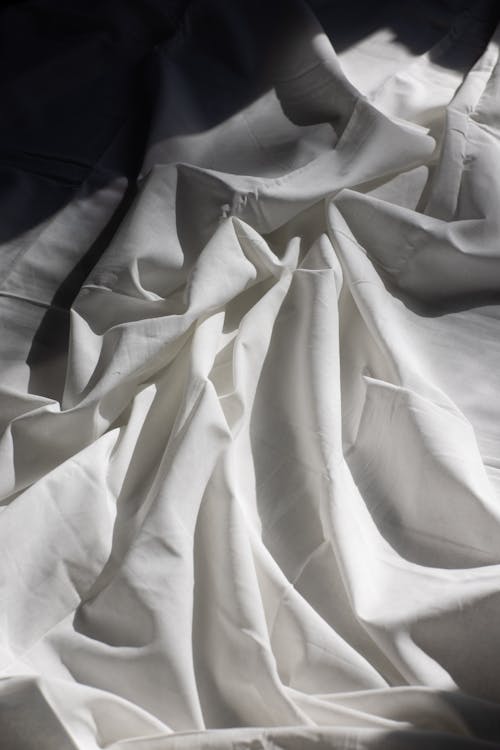
Sourcing home textiles from around the world
Looking for unique textiles to add some personality to your home decor? You might be interested in sourcing home textiles from around the world. Here are five reasons why you should consider sourcing ethnic textiles from countries outside of your own.
What are some considerations for sourcing home textiles?
When sourcing home textiles, it is important to take into account the climate, availability of materials, cultural preferences, and cost. Additionally, it is important to consider the quality of the fabrics and whether they will fit the needs of the project. Some considerations for sourcing home textiles include:
-Consider the climate where the fabric will be used. Home textiles often require heat or humidity protection, which may not be a concern in colder climates but can be an issue in warmer climates.
-Check availability of materials. Many fabrics are not available in every color or size.
-Consider cultural preferences. Some cultures prefer different types of textures or patterns on clothing than others do.
-Consider cost. Fabric prices vary widely depending on the type and quality of fabric.
How can you find a reputable textile supplier?
There are a few things to keep in mind when sourcing textile items from around the world. Firstly, always research your supplier to make sure they are reputable and have a good reputation. Secondly, always confirm the materials and construction of the garment before you buy it. Finally, be sure to ask questions when making your purchase to ensure that you understand what you’re getting.
What types of fabrics should you look for when sourcing home textiles?
When sourcing home textiles, it is important to look for fabrics from around the world. This will allow you to find unique and personalized pieces that will fit your style and personality. Here are some tips on what to lookout for when sourcing fabrics:
-Fabrics from Africa are often used for traditional clothing such as robes and turbans. They are also popular for quilts, bedding, and other accessories.
-Fabrics from Asia are commonly used in clothing, accessories, and home decor. They can be made from a variety of materials, including silk, cotton, and wool.
-Fabrics from South America are often used in clothing, home decor, and furniture. They can be made from a variety of materials, including cotton, wool, and linen.
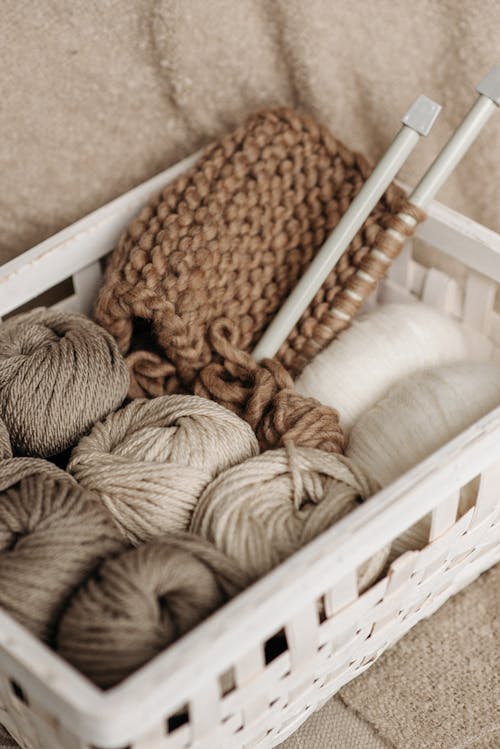
What are the benefits of sourcing home textiles from around the world?
Textiles from around the world come in a variety of materials and textures, which can be appealing to a number of people. They are also often more affordable than fabrics made in North America or Europe.
Sourcing home textiles from around the world can be a fun and rewarding experience. There are many benefits to sourcing textile products from around the world, including affordability, diversity, and the opportunity to support sustainable textile production. Here are just a few examples:
1.Affordability: Textiles made in countries outside of North America and Europe tend to be cheaper than fabrics made in those regions. This is because these fabrics are often produced using lower-cost materials, such as cotton instead of silk or wool.
2.Diversity: Textiles sourced from around the world offer a unique variety of textures and materials that can be appealing to many people. This includes both traditional and contemporary fabrics, as well as prints and patterns that may not be available locally.
3.Sustainability: Supporting sustainable textile production means choosing products that do not produce negative environmental effects. Textile products sourced from around the world often use natural dyes and other ingredients, which can help conserve resources.
There are a few reasons why sourcing home textiles from around the world is a great idea.
First of all, it can be a lot cheaper to source home textiles from overseas than it is to buy them in store. This is because you’ll be able to find high-quality fabrics at a fraction of the cost of regular retail prices. Additionally, many overseas textile manufacturers have strict environmental and social policies in place that protect workers and the environment.
Secondly, you can be sure that home textiles sourced from overseas are ethically made. Many overseas textile manufacturers do not use harmful dyes or chemicals, and they often work with sustainable farming practices. Finally, sourcing home textiles from overseas allows you to support small businesses that may not have access to major retailers or buyers.
What are the different types of textile products you can source from abroad?
You can source textile products from abroad in a variety of different ways, depending on the type of product you are looking for. There are a variety of types of textiles you can find, including cotton, linen, silk, wool, and cashmere. Each type of textile has its own unique set of pros and cons. Cotton is the most popular type of textile product sourced from abroad, because it is affordable and versatile. It is a soft feel fabric that is used for a variety of applications, such as clothing and bedding. Linen is a luxury fabric that is popular for formalwear. It is a strong fiber that can withstand high wear and tear. Silk is another popular type of textile product sourced from abroad. It is a luxurious fabric with a delicate texture. It is often used for clothing and accessories. Wool is a warm fabric that is resistant to moisture. It is often used for sweaters and coats. Cashmere is a luxurious type of yarn that is made from the hair of the Cashmere goat. It has a soft feel and a wispy texture.
Are there any risks involved
Sourcing home textiles from around the world can be a fun and exciting experience, but it’s important to be aware of any potential risks involved. Here are a few to think about:
-Textile manufacturing is often located in countries with low labor standards and poor working conditions. Make sure you’re aware of these before starting your search.
-Textile products may be made with harmful chemicals or materials that could cause health problems if inhaled or ingested. Be sure to research the materials used in any products you’re considering buying.
-Some fabrics may be treated with dyes or other chemicals that may cause skin irritation or other health problems. Be sure to read the labels and test products before buying them.
Finding high-quality, ethically sourced home textiles can be a daunting task. Not only do you have to sift through a lot of bad choices, but you also have to be vigilant about verifying the claims of various suppliers. Thankfully, there are now a number of resources that can help you find ethically made home textiles from around the world.
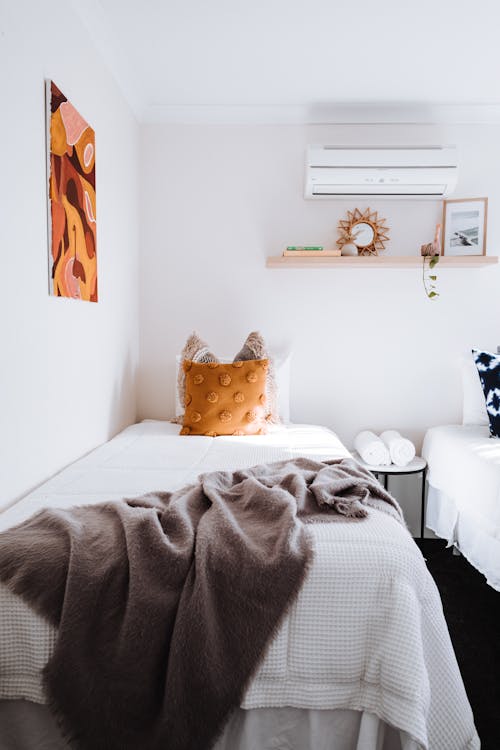
Sourcing home textiles from various countries
When looking to source home textiles, it is important to consider the country of origin. Not all fabrics are created equal and some may be more sustainable or ethical than others. Here are five international sources for eco-friendly and sustainable fabrics:
1. India: In India, textile production relies heavily on hand-woven fabric techniques which are considered more environmentally friendly. There are also a number of sustainable textile mills in the country, making it a good option for sourcing sustainable fabrics.
2. China: China is one of the world’s leading textile producers and has been credited with helping to revive traditional hand-woven techniques. While some Chinese fabrics may be environmentally harmful, there are also a number of sustainable textile mills in the country that produce high-quality fabrics using sustainable practices.
3. Peru: Peru is well known for its textiles and its contributions to global fashion trends. Many Peruvian textiles are made from natural fibers such as cotton and wool which are environmentally friendly. Additionally, many Peruvian textile mills donate a portion of their profits to charity programs which helps promote sustainability.
The benefits of sourcing home textiles from around the world
When it comes to finding unique and stylish home textiles, sourcing from around the world is a great option. There are many benefits to sourcing home textiles from different parts of the world, including increased affordability, greater variety, and a more sustainable product. Here are some of the top reasons to consider sourcing home textiles from around the world:
1. Increased affordability. When you source home textiles from around the world, you can typically save money on your purchase compared to buying similar products in North America or Europe. This is because overseas manufacturing can be cheaper than traditional production methods in developed countries.
2. Greater variety. With so many different textile traditions and designs available from around the world, you’re sure to find something unique and stylish that fits your individual style. In addition to increased affordability, this diversity makes it easier to find exactly what you’re looking for when it comes to home textiles.
3. A more sustainable product. When you source home textiles from around the world, you’re helping to create a more sustainable product overall. By using less-toxic materials and traditional weaving techniques that don’t rely on large machinery, you’re supporting sustainable textile production practices.
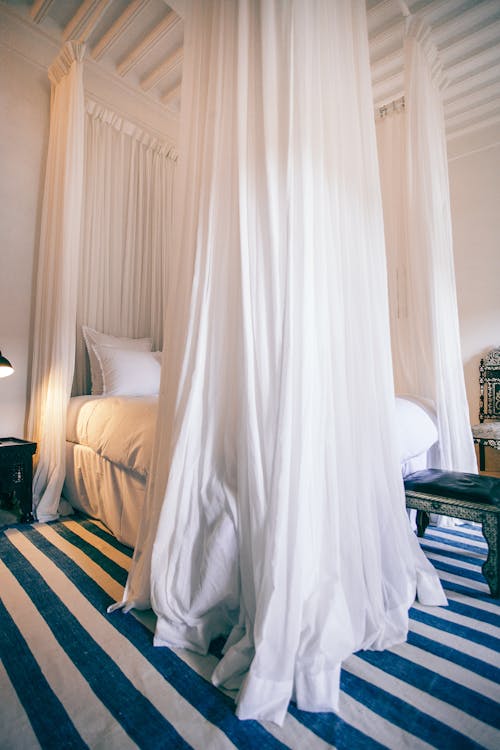
How to source home textiles from around the world
There are many ways to source home textiles from around the world. Here are a few tips:
Check out online marketplaces. Many online stores offer international textile products, and there are often special discounts available for customers who purchase in bulk.
2. Look for specialty shops. Many specialty shops carry international textile products, and they may be more willing to carry uncommon or hard-to-find items.
3. Check out eBay. eBay is a great place to find vintage textiles and other rare items. Just be sure to research any potential purchases thoroughly before making a purchase.
4. Explore online classifieds websites. Classifieds websites like Craigslist allow you to search for specific types of products, such as home textiles from overseas. This approach can be especially helpful if you’re not sure what you’re looking for or if you don’t know where to start looking.
5. Check online textile marketsplaces: There are many online marketplaces where you can find high-quality, locally sourced fabrics. Some of the most popular marketplaces include Etsy, Threadflourish, and local textile markets.
6. Visit fabric stores: Many large fabric stores carry a variety of locally sourced fabrics. Ask the store staff for suggestions.
7. Check out secondhand stores: Secondhand stores are a great way to find budget-friendly, quality fabrics. Look for stores that specialize in textile materials.
If you’re looking to source beautiful and unique home textiles from around the world, then you’ve come to the right place. At Tradyl, we offer a wide range of textile products sourced from all over the globe. From traditional fabrics to contemporary materials from India, we have everything you need to find the perfect home textile for your needs.



